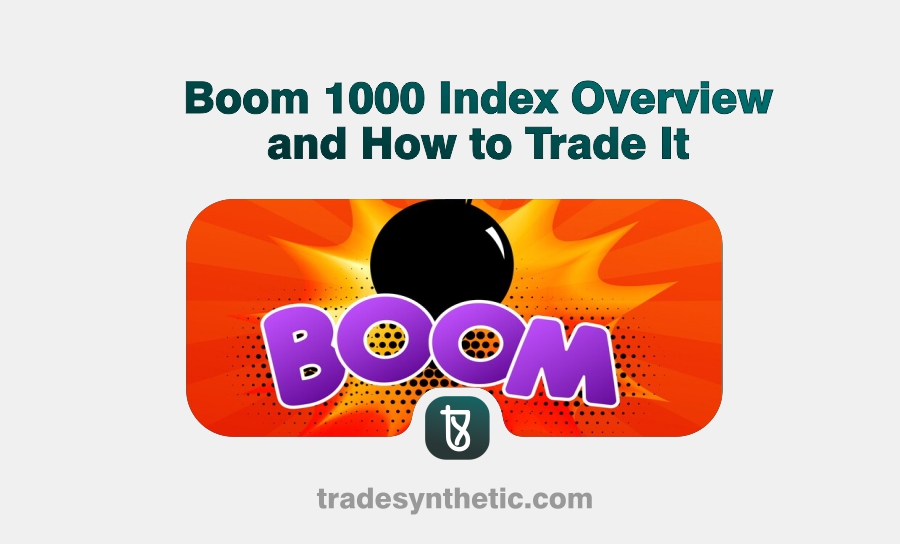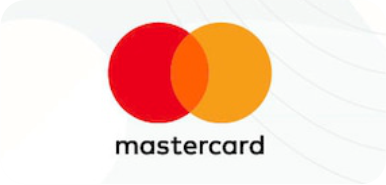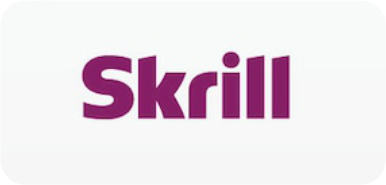The Boom 1000 Index has become a favorite among traders looking for opportunities in synthetic indices. It is usually known for its predictable spikes and great profit opportunities and is ideal for beginners and experienced traders alike.
Of course, whenever you’re searching for terms around the Boom 1000 Index, this article has everything you need.
What is the Boom 1000 Index?
The Boom 1000 Index is a synthetic index offered by Deriv. Unlike traditional financial instruments tied to real-world events, it is purely technical and designed to replicate market volatility. The index is engineered to simulate market behavior, offering consistent spikes approximately every 1,000 ticks on average.
Key Features of the Boom 1000 Index
- Frequent SpikesThe Boom 1000 Index is characterized by sudden upward price movements (spikes). These spikes create opportunities for traders to earn quick profits.
- Synthetic Market
This index is entirely artificial and is not influenced by external factors like economic news or geopolitical events, ensuring a purely technical trading environment. - Leverage and FlexibilityThe index allows traders to control significant positions with small capital through leverage. However, this amplifies both potential profits and risks.
- 24/7 AvailabilityOne of the key benefits is that the Boom 1000 Index is available for trading round the clock, accommodating traders in all time zones.
Benefits of Trading the Boom 1000 Index
1. High Volatility, High Rewards
The frequent spikes provide opportunities for traders to make quick profits. By anticipating these movements, traders can maximize their returns.
2. No Real-World Interference
Since it’s not tied to real-world events, market conditions remain consistent, making technical analysis more effective.
3. Flexibility and Accessibility
With platforms like Deriv, traders can access the Boom 1000 Index with ease. Its 24/7 availability ensures traders can work around their schedules.
4. Practice Opportunities
Demo accounts are readily available, allowing new traders to practice strategies and understand the index’s behavior without financial risk.
How to Trade the Boom 1000 Index
1. Understand Market Trends
Before placing trades, analyze the market to identify trends. Use tools such as moving averages and trendlines to determine whether the market is in an uptrend, downtrend, or range.
2. Use Technical Indicators
Indicators like the Relative Strength Index (RSI), Bollinger Bands, and Moving Average Convergence Divergence (MACD) are critical for making informed decisions.
3. Practice Risk Management
Never risk more than 1-2% of your trading account on a single trade. Use stop-loss orders to limit potential losses and avoid over-leveraging.
4. Leverage a Demo Account
Start with a demo account to familiarize yourself with the Boom 1000 Index’s behavior and test your strategies without financial risk.
Effective Strategies for Trading the Boom 1000 Index
Spike Trading Strategy
To excel in trading the Boom 1000 Index, focusing on its characteristic spikes is essential. These upward movements are opportunities for quick profits and predicting them requires a combination of technical analysis and precision. Traders can use support and resistance levels alongside tools like the Relative Strength Index (RSI) to identify oversold conditions that signal potential spikes.
The key to success is patience and discipline, as the spikes occur on average every 1,000 ticks, but their exact timing remains unpredictable.
Scalping
Scalping is another effective strategy for the Boom 1000 Index. This approach involves taking advantage of small price movements over short timeframes, making multiple trades in a day to accumulate profits. By closely monitoring the market and entering and exiting trades quickly, scalpers capitalize on minor fluctuations without waiting for major movements. This method requires a fast-decision-making process and efficient use of tools like Bollinger Bands to identify volatility and tight stop-loss orders to manage risk.
Trend-Following Strategy
The Boom 1000 Index often exhibits clear trends, making a trend-following strategy highly effective. Traders should first identify the prevailing trend using tools like moving averages or trendlines. Combining this analysis with Fibonacci retracement levels can help pinpoint potential entry points, especially during pullbacks. Following the trend minimizes the chances of being caught in sudden reversals and increases the probability of aligning trades with the market’s momentum.
Risk Management Strategy
Proper risk management is crucial for trading the Boom 1000 Index due to its volatility and leverage options. Traders should always set stop-loss and take-profit levels to protect their capital and ensure a balanced risk-to-reward ratio. Only a small percentage of trading capital should be risked on each trade, typically 1-2% of the account balance. Additionally, adhering to a well-defined trading plan and avoiding emotional decisions can prevent unnecessary losses and maintain consistency.
Common Mistakes to Avoid When Trading the Boom 1000 Index
Overtrading
Overtrading is a common pitfall for many traders. Excessive trading without proper setups often leads to significant losses and emotional exhaustion. It’s essential to stick to a clear strategy and only enter trades with high-probability setups, avoiding the temptation to force trades.
Ignoring Risk Management
Neglecting risk management is one of the quickest ways to lose money in the Boom 1000 Index. Trading without stop-loss orders or risking too much capital on a single trade can deplete your account. Risk control measures should be an integral part of every trade to ensure long-term success.
Chasing Spikes
While the Boom 1000 Index is known for its spikes, attempting to catch every single one can lead to frustration and poor decision-making. Instead, focus on identifying high-probability conditions where spikes are likely to occur, rather than blindly chasing every upward movement.
Trading Without a Plan
Random trading without a well-thought-out strategy often results in inconsistent results and unnecessary losses. Having a clear plan that outlines entry and exit points, risk management rules, and trading goals is critical for consistent performance.
Tools and Platforms for Trading the Boom 1000 Index
1. Trading Platforms
Platforms like Deriv provide access to the Boom 1000 Index. They offer user-friendly interfaces, real-time data, and robust charting tools.
2. Charting Software
MetaTrader 5 (MT5) is a popular platform for synthetic indices. It offers advanced charting capabilities, customizable indicators, and automated trading options.
3. Trading Communities
Joining online forums or Telegram groups dedicated to synthetic indices can help you learn from experienced traders and stay updated on market trends.
Conclusion
Trading is not a get-rich-quick scheme, if you understand how, it works and follow the right strategies you will certainly make profits. For whichever strategy you choose, always have a plan and stick to it. Don’t trade more than you can afford to lose.
Always remember, that success in trading doesn’t happen overnight. Take your time to learn, use a demo account to practice, and stay disciplined.
Frequently Asked Questions (FAQs)
What is the Boom 1000 Index?
- The Boom 1000 Index is a synthetic index known for its upward spikes, which occur approximately every 1000 ticks. It’s offered by platforms like Deriv and operates 24/7.
How can I start trading the Boom 1000 Index?
- To begin trading, register on a platform like Deriv, fund your account, and practice on a demo account before going live.
What are the best strategies for trading the Boom 1000 Index?
- Effective strategies include spike catching, trend following, and scalping. Technical tools like RSI and Bollinger Bands can enhance decision-making.
Is the Boom 1000 Index risky?
- Yes, the index is highly volatile. Proper risk management and a clear trading strategy are essential to minimize losses.
Can I trade the Boom 1000 Index on mobile?
- Yes, most trading platforms offer mobile apps that allow you to trade the Boom 1000 Index on the go.










